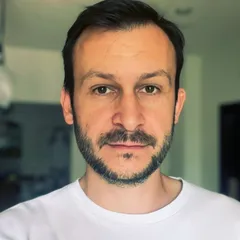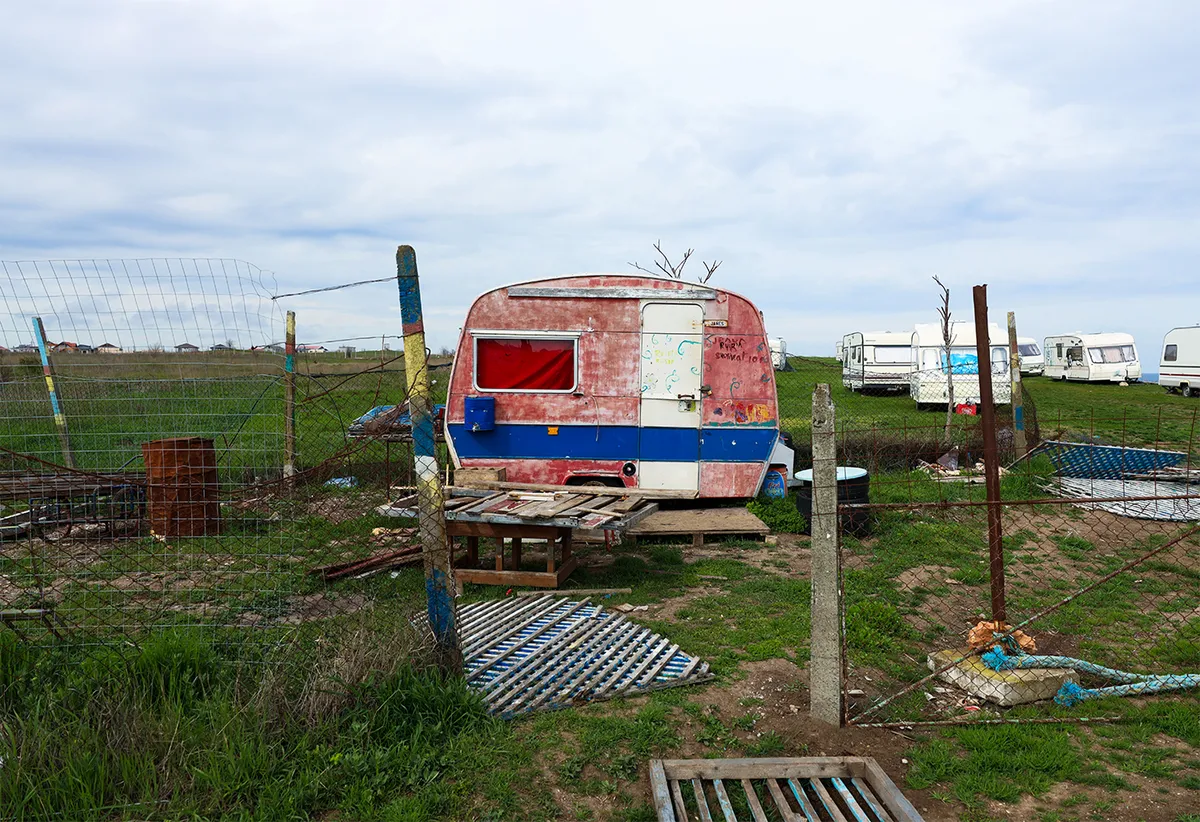
1/1

Author(s) / Team representatives
Alexandru Belenyi
Profession
Architect
Photo credits/design
Photo credits: Matei Niculescu
Text presentation of the author in English
Alexandru Belenyi is an architect, urban planner and educator. He defended his Phd. thesis in 2015 (Education for architects) and was awarded the phd. title by Ion Mincu University, Bucharest (Romania). He studied at the TUDelft (The Netherlands) and Ion Mincu University. Previous to establishing his own architecture company he worked for Aecom Bucharest and Chora Architecture & Urbanism, London. He was involved in large scale planning and architecture projects such as the General Urban Plan for Bucharest, Multipurpose Hall in Bucharest (Aecom) Taiwan Strait Climate Incubator (Chora UK).
Since 2015 Alexandru Belenyi has established his own practice. BAAB Architecture and Urban Planning is focused on experimental projects in architecture, research in urbanism and public space design. Together with his partner Irina Niculescu, Alexandru has developed numerous tactical urbanism projects for the improvement of public space. Their most recent project “City as Classroom” focused on involving high school students in building third spaces for youth, as a means of regenerating the Urban Historical Area of Brașov.
Text abstract in English
Vama Veche was once a small village by the Black Sea. It was a hide-out, loved by architects for its simplicity and bohemian spirit. After 1990 capitalism unfolded and by the year 2000 the bohemian hide-out was replaced by "chaotic development, ignorant of the local spirit and traditional architecture" ... or at least this has been the top theoretical discourse concerning this place, particularly important for the architectural community. Nostalgia became the norm for interpreting what was happening to Vama Veche.
The text supports Vama Veche as a laboratory for an unhinged DIY culture on the beach and a potential source of inspiration. Hidden amongst the shacks and illegal construction are numerous architectural achievements that completely fall outside our current system of categorization. Vama challenges what we think of "good architecture". Furthermore, it also challenges our tools for interpreting urban form. If examined more carefully it could offer an insight into how our cities work, for how the new DIY materiality affects the built environment, on the rise of the urban bricoleur.
The text reenacts the ethos and some of the principles of the well-known book, by Scott Brown, Venturi and Izenour - Learning From Las Vegas. It decries the lack of onsite observation and reaffirms symbolism and fantasy as one of the main driving forces of Vama Veche. It is Denise and Bob having coffee at Ovidiu followed by a quick overview of both the tools used in deploying this beautiful nightmare but also its main contradictions.
It also suggests the birth of a new tradition. A tradition where the village elders are those first entrepreneur and tourism futurologists of the 1990s, while the original local inhabitants are pushed into the part of the freshly arrived immigrant, struggling to keep up with the effects of the new stroboscopic urbanism.
The text then briefly talks about plot occupation and the importance of the fence, symbolism, the role of precarity in construction or the inevitability of a new esthetic project.
Towards the end the author proposes the philosophy of "learning by doing" as a more appropriate paradigm for interpreting both the evolution of Vama Veche but also its dialectical connection to other emblematic spaces of the postmodern city such as The Construction Store.
